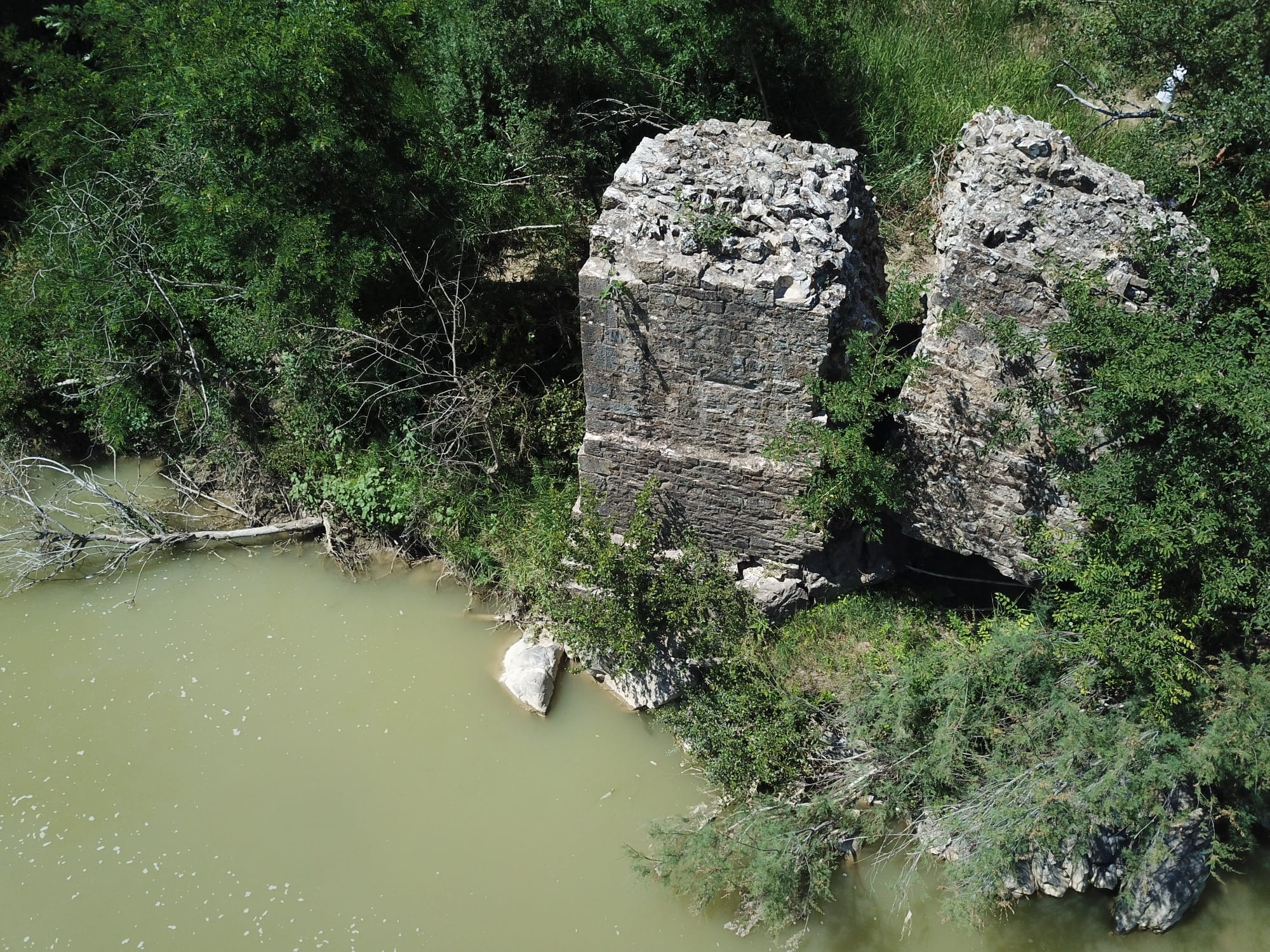On the fifth day of the first week, the Cannicci team remained at the newly-opened Area 5000 at the castle site. We made significant progress in clearly revealing the outline of three walls, though we had to dig through a large amount of collapse to find them, taking turns with the pickaxes and bucketing away the resulting spoil. The room defined by these limitations is smaller than expected, and there is not enough evidence yet to confidently identify the building, but the fact that we have uncovered so much of the building’s shape in only two half-days of work has been a good morale boost for the team.
In the afternoon the team returned to Cannicci, and, after waiting out a brief spate of rain, began digging in context 83. Under the supervision of Dr. Edoardo Vanni, Michael, and Marta, the goal was to find the next context underneath, which we partially uncovered by the end of the day. We dug up a good amount of ceramics in the process, including black gloss pottery and items that were probably cookware. As we worked, we were visited by colleagues from nearby excavations, as well as by some academics interested in the site. Weather permitting, next week will see the discovery of multiple new contexts!










